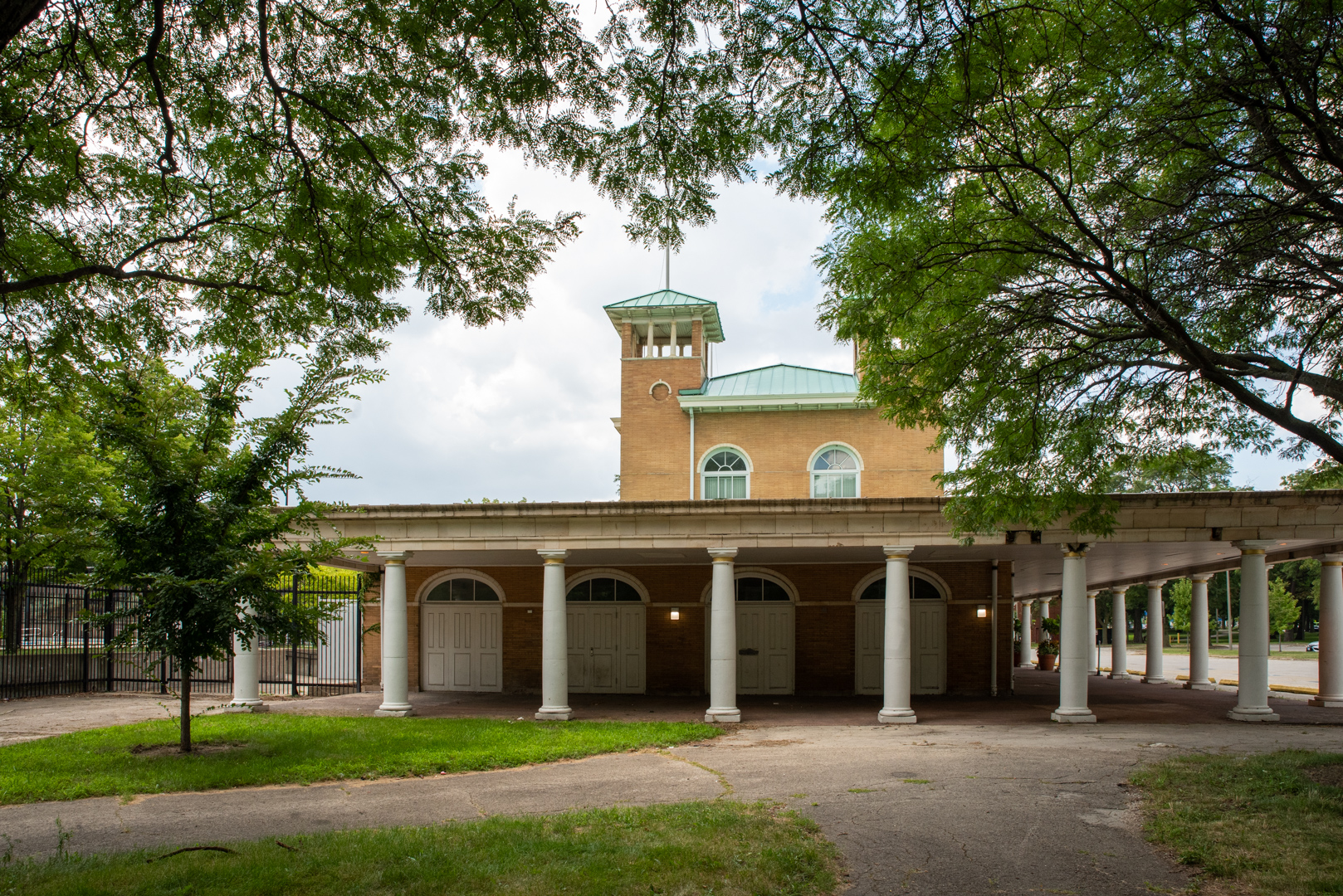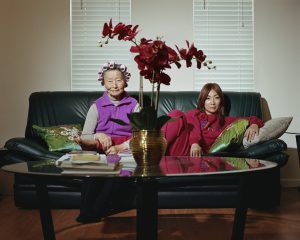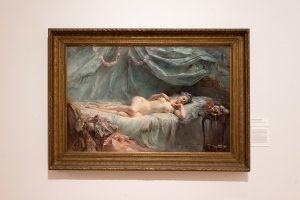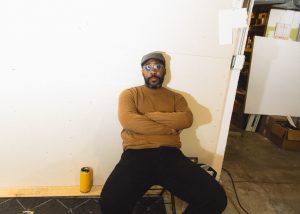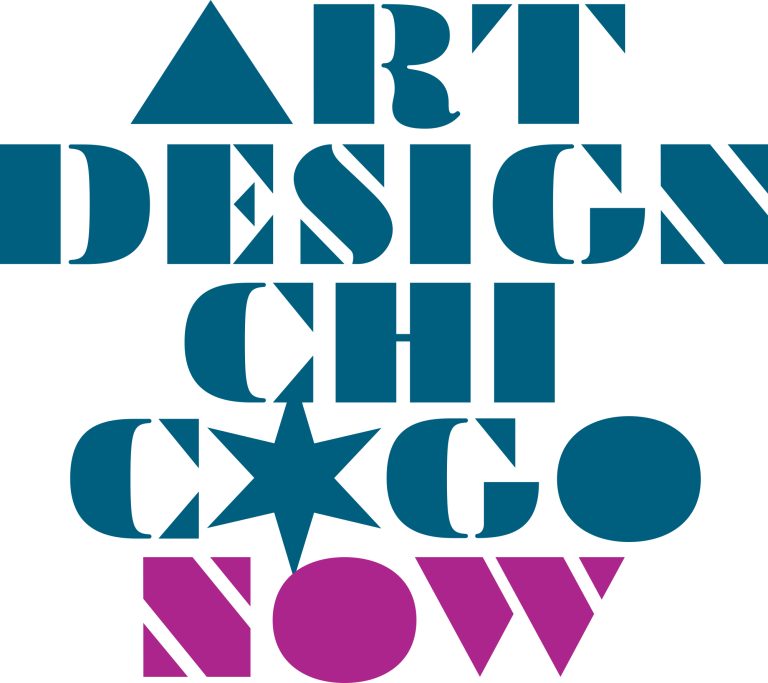
This article is presented in conjunction with Art Design Chicago Now, an initiative funded by the Terra Foundation for American Art that amplifies the voices of Chicago’s diverse creatives, past and present, and explores the essential role they play in shaping the now.
The Last Walk was inspired by “Olmsted in Chicago: Washington Park Walking Tour,” a summer program that was presented by the Washington Park Camera Club and the Hyde Park Historical Society in conjunction with Art Design Chicago Now.
As the guide speaks on our stroll through the past in Washington Park, one can’t help seeing faint ghostly figures of grazing sheep in the meadows and fish ponds and boats lofting through the waters, petticoats and sun parasols, high-wheel bicycles and high hats. The smell of time wafts through the air from abandoned buildings that once bustled with life and now pay homage to an era of excess and grandeur, no longer accessible to the current residents of this South Side palatial fixture. Small crowds, barbeques and lovers still dot the grounds on summer afternoons with the goings-on of everyday life surrounding the landmark. Traffic and noise seem to abandon further into the grounds, giving way to faint conversations, mosquito buzzes and bird chirps. Ducks, drakes, and ducklings frolic in secluded ponds as they did for generations without solicitude of the history and struggle that surround their dwellings. The eerie stillness of most of the park creates picturesque scenes of loneliness and solitude. Lanes of trees bending on paths leading to and from exquisite and alluring lushes of meadows and exotic flowers, butterfly sanctuaries, algae-covered ponds, and comfort stations offer continuous pleasures for sight and hustling feet.
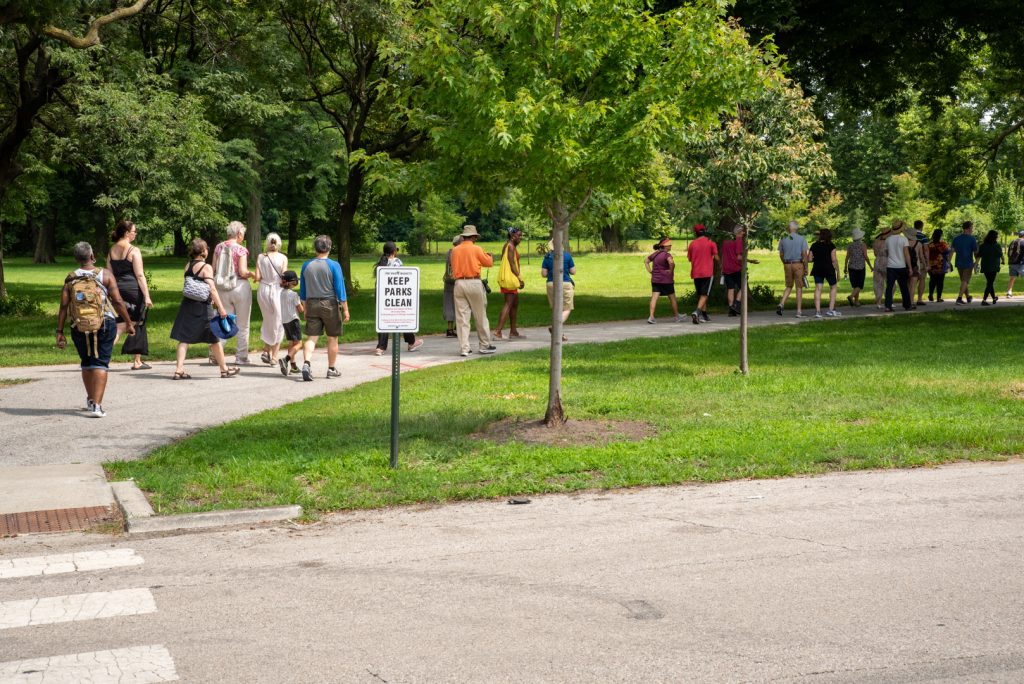
The Last Walk, a collaboration with the Washington Park Camera Club and Art Design Chicago, is an exploration of time and what has transpired in that time, rather than the photography of monuments and contributions made by the white dwellers who dominated the era and area in the early 20th century, because that history is well-documented. The Last Walk revealed a significant change in the country and the white participants no longer felt safe navigating a place that felt inferior or dangerous. This tour was an interaction between the tourist, park-goers who live in the area, and me. A story of now. A story of a current condition and what Washington Park means today.
As this striking reserve of nature knows no bounds and is complete and oblivious to mankind, meticulous care is taken to keep the grounds and greenery in recital form so that even abandoned structures look like monuments.
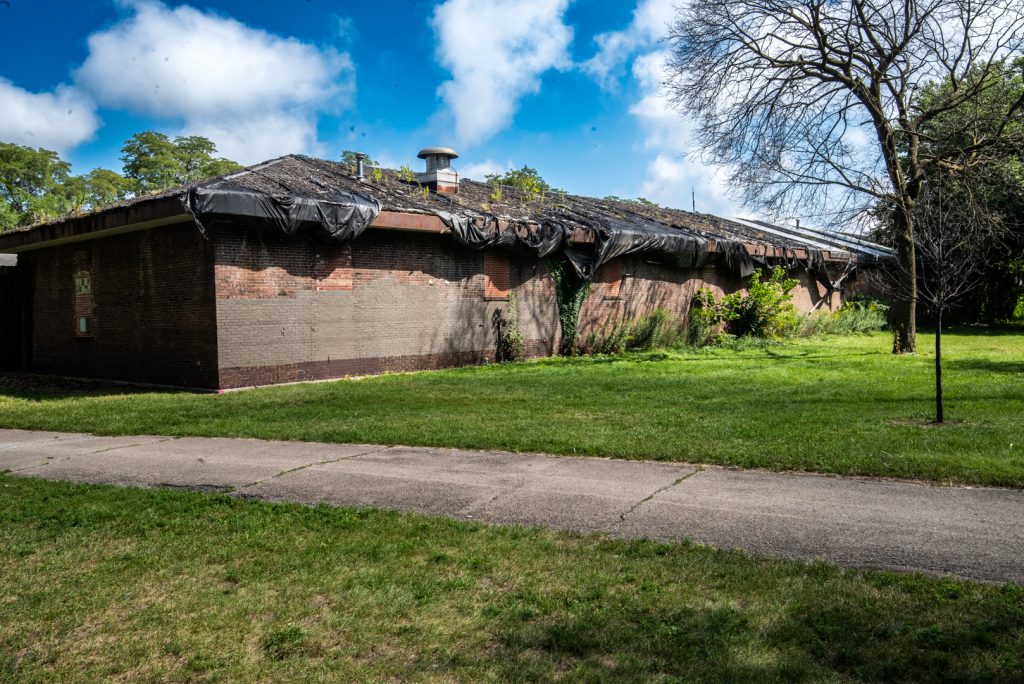
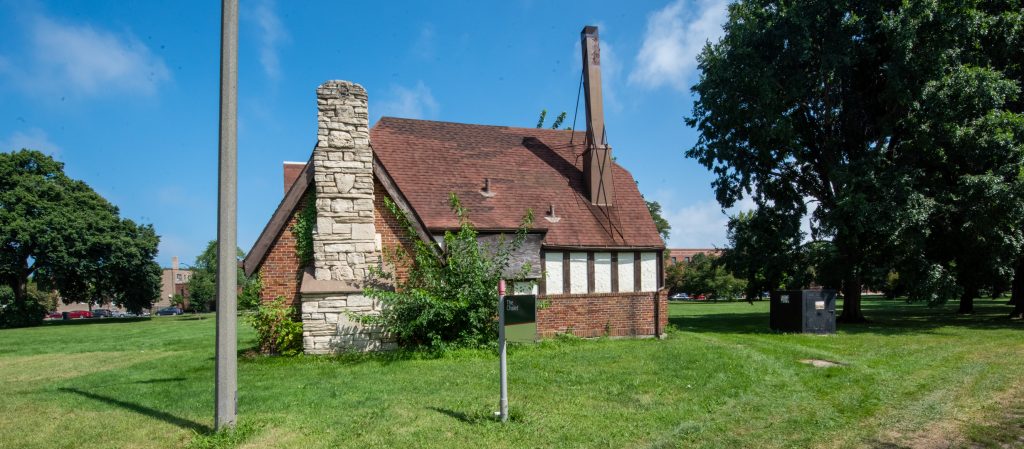
“I would imagine the Chalet was where they hosted important people back in the day that would probably drink tea or coffee or have drinks. They probably rented it out to wealthy people. I could just imagine how exquisite it might have been.”
Tourist

“Can you imagine the smell back then?”
Ann, a park-goer
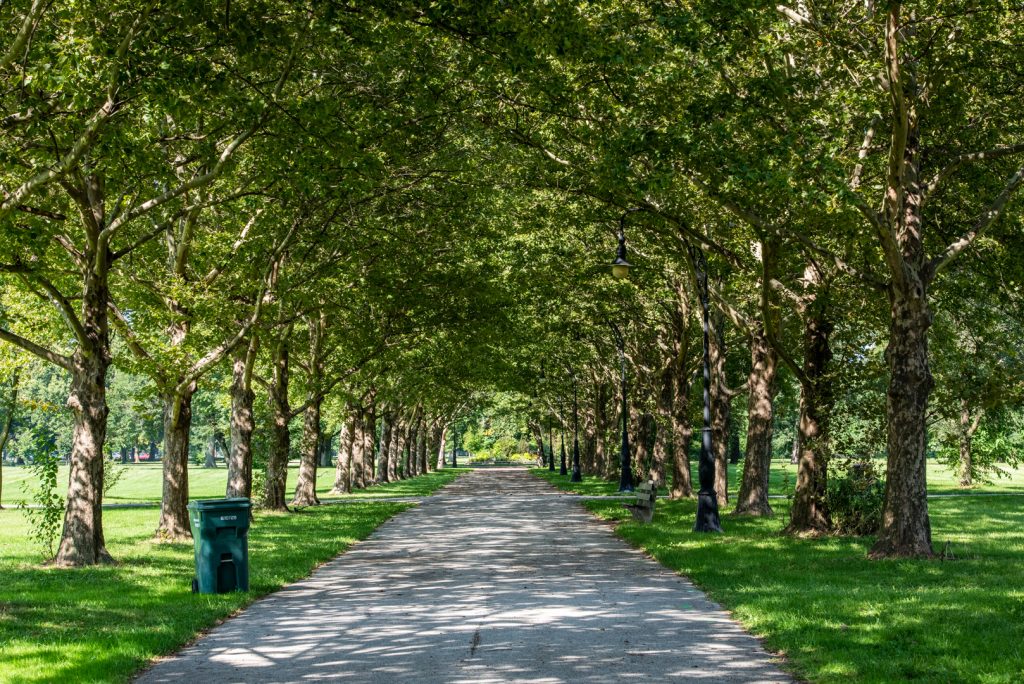
“I have seen people born and die in this park, seen folks making love and fighting in this park. One thing that ain’t changed is this park, this bench I always sit on, and them trees.”
J, a park-goer
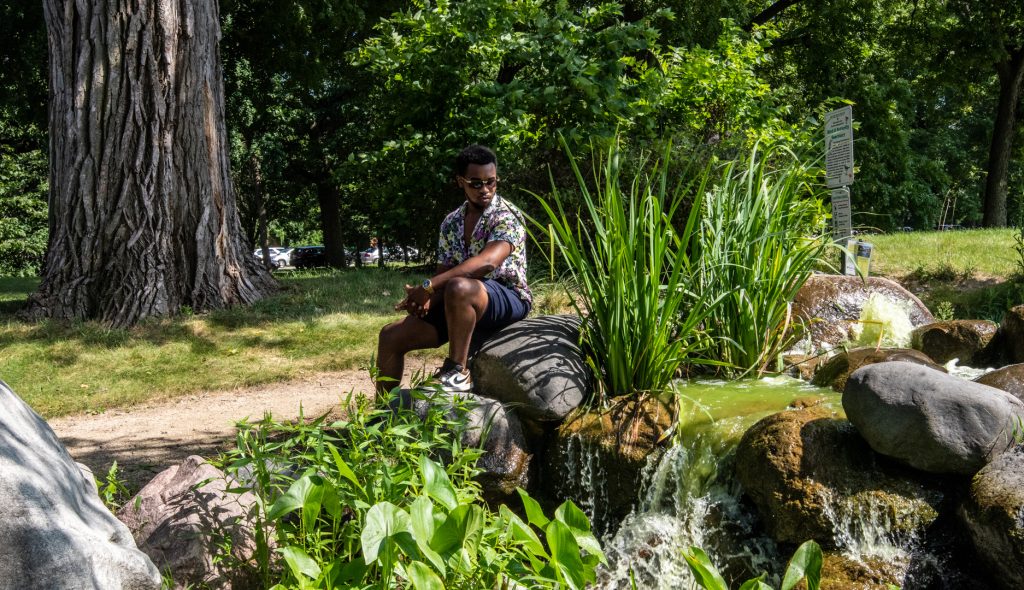
“I have been coming here with my grandfather since I was a child. This water relaxes me. It drowns out the noise of the city that’s always in my head, you know?”
Emmanuel, a park-goer
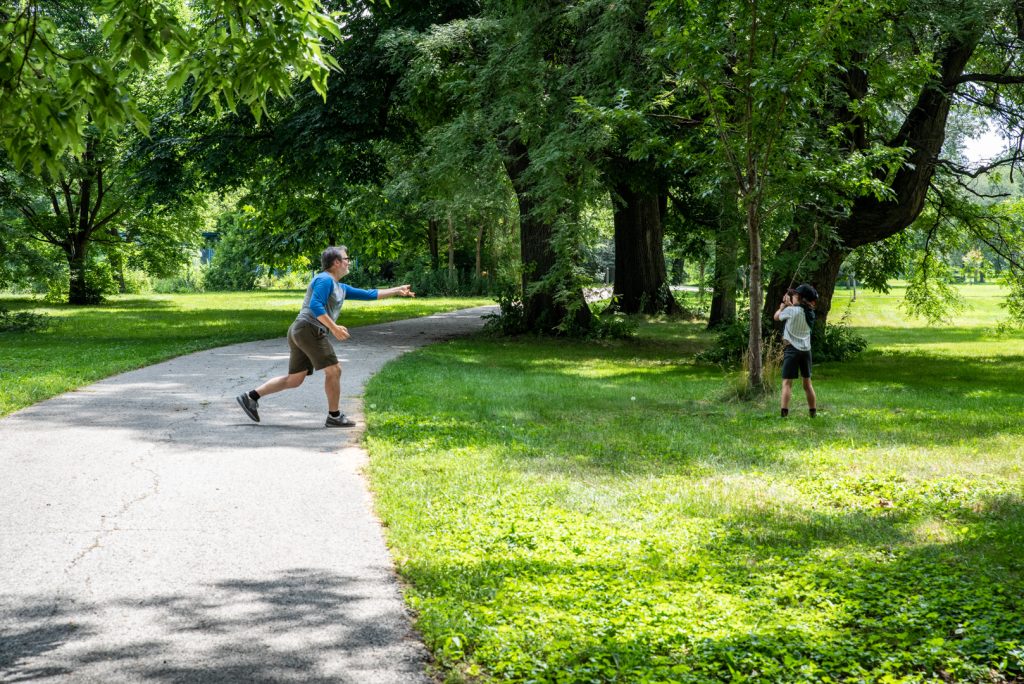
“Parks are for everyone to enjoy; I feel that they provide an escape from all the concrete that surrounds us every day in the city. Washington Park has the space I need to sit and relax or bring my family to just unwind and take a breather.”
Patricia, a park-goer
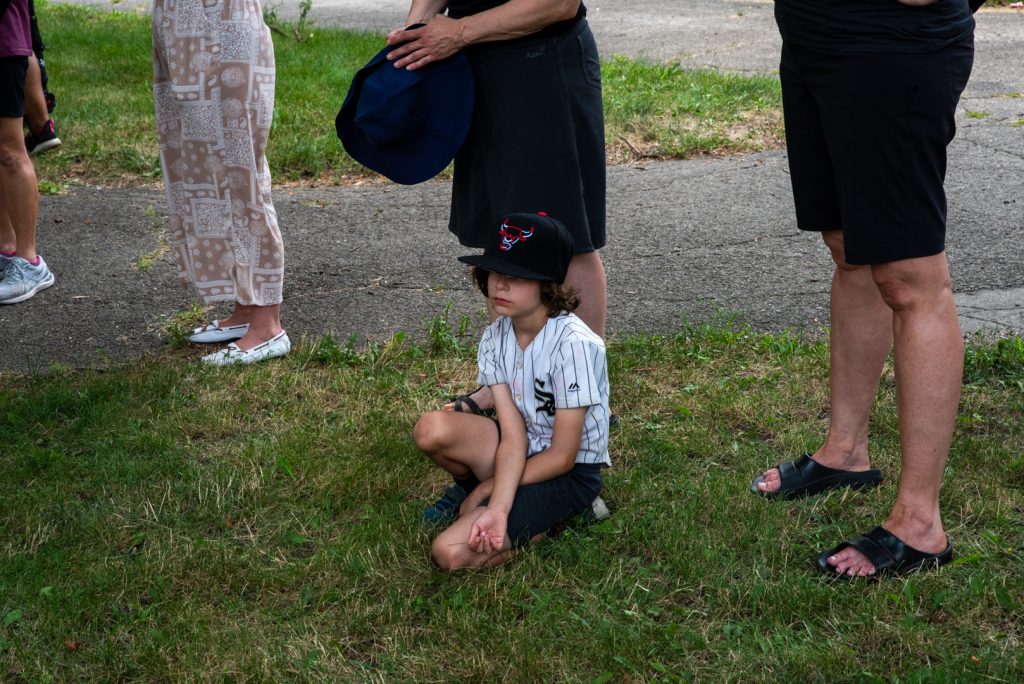
“Parks are important for kids’ development. They play baseball, soccer, football, and run. Without parks they can’t develop mentally either, so, parks are needed for their growth.”
Yolanda, a park-goer
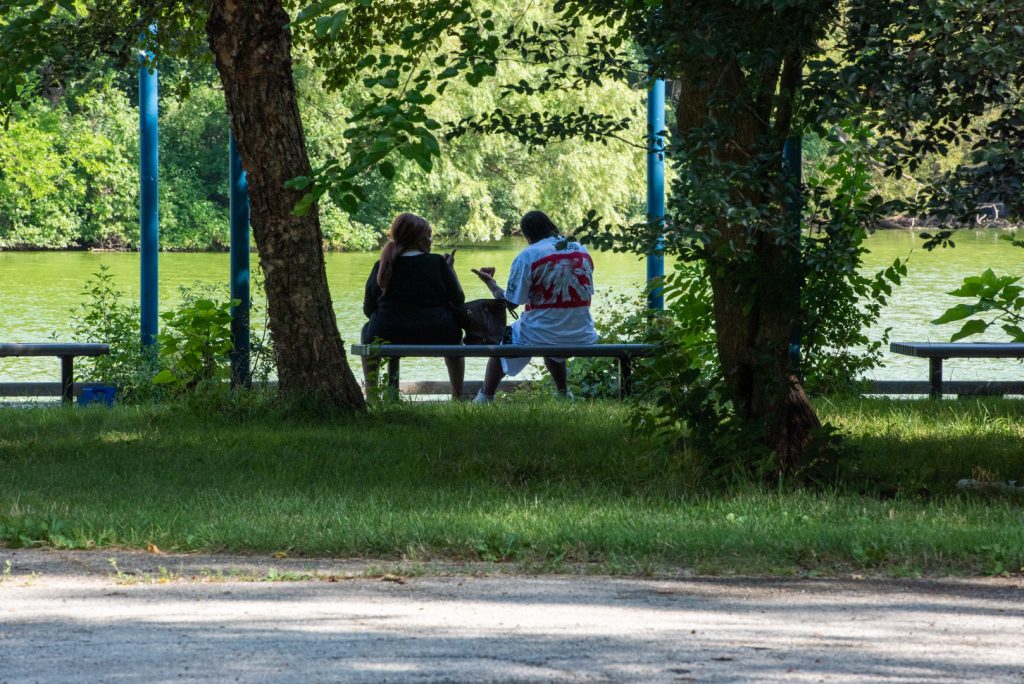
“We have come here for over 20 years. We met at this park, so it is a part of our history, and even if we moved out of Chicago, we would come back here just because it’s a part of us now.”
Pat and Henry, park-goers
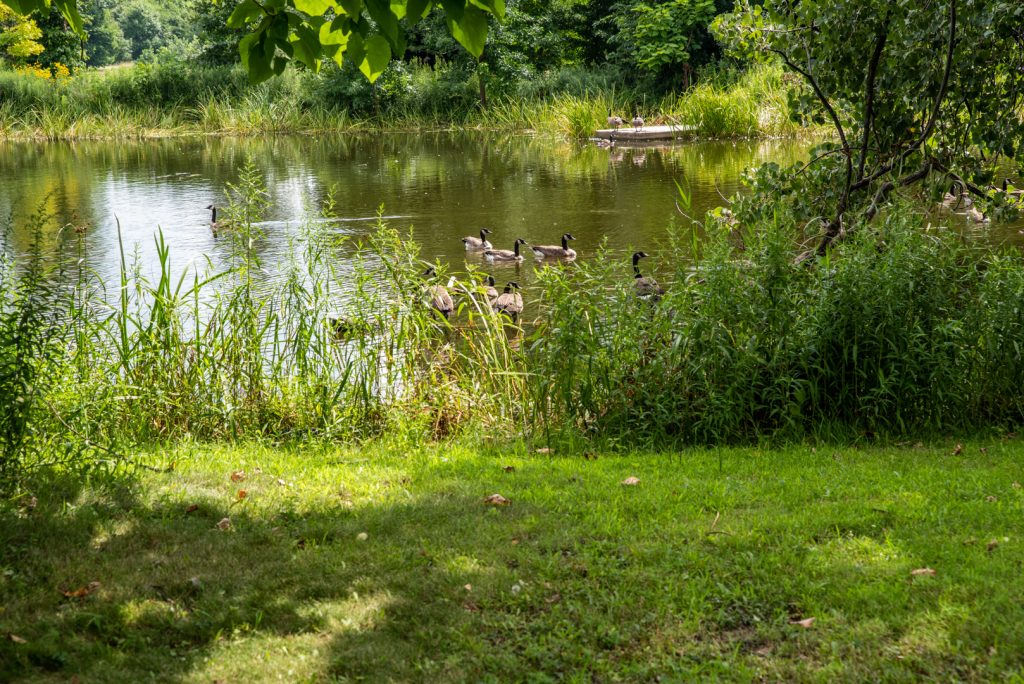
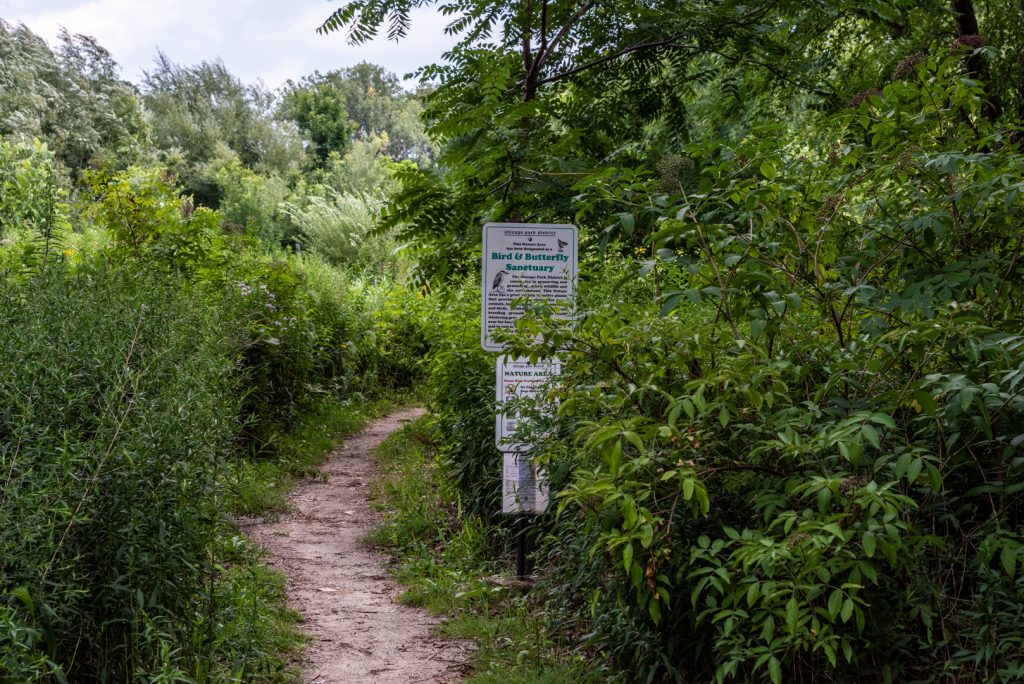
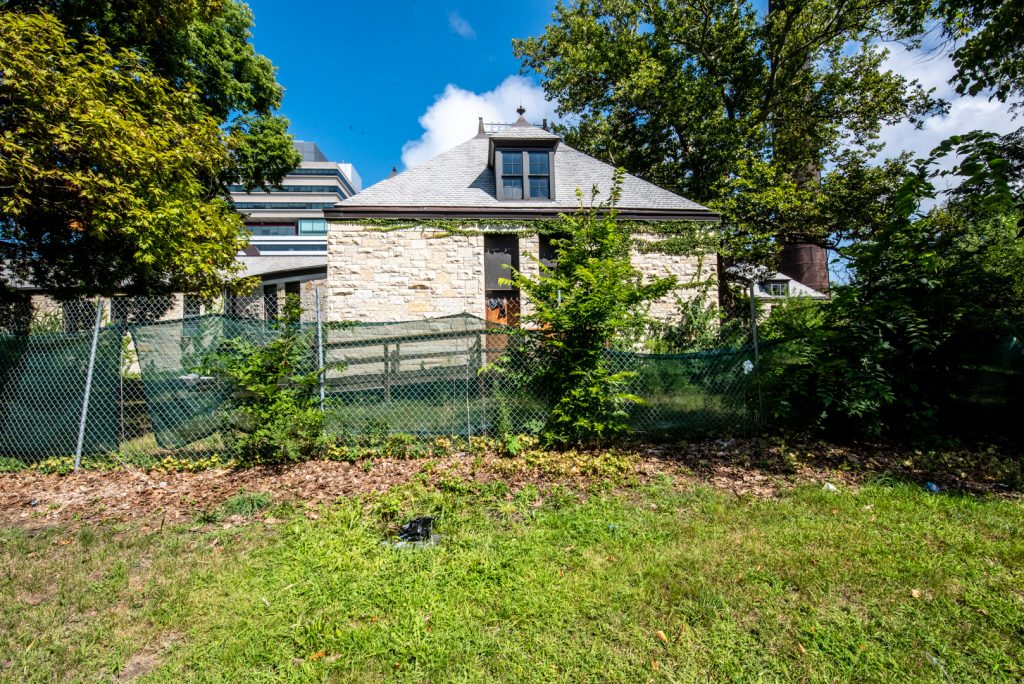
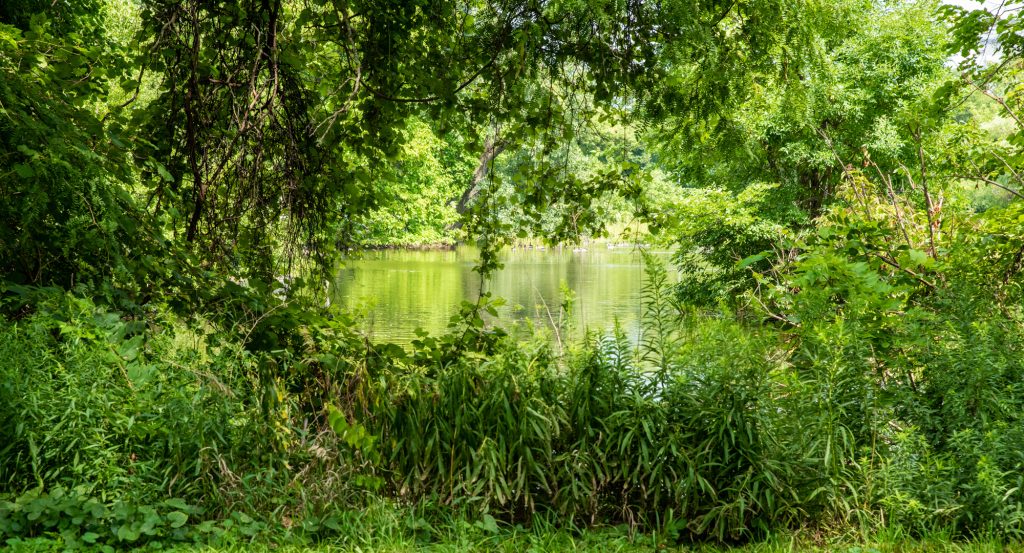
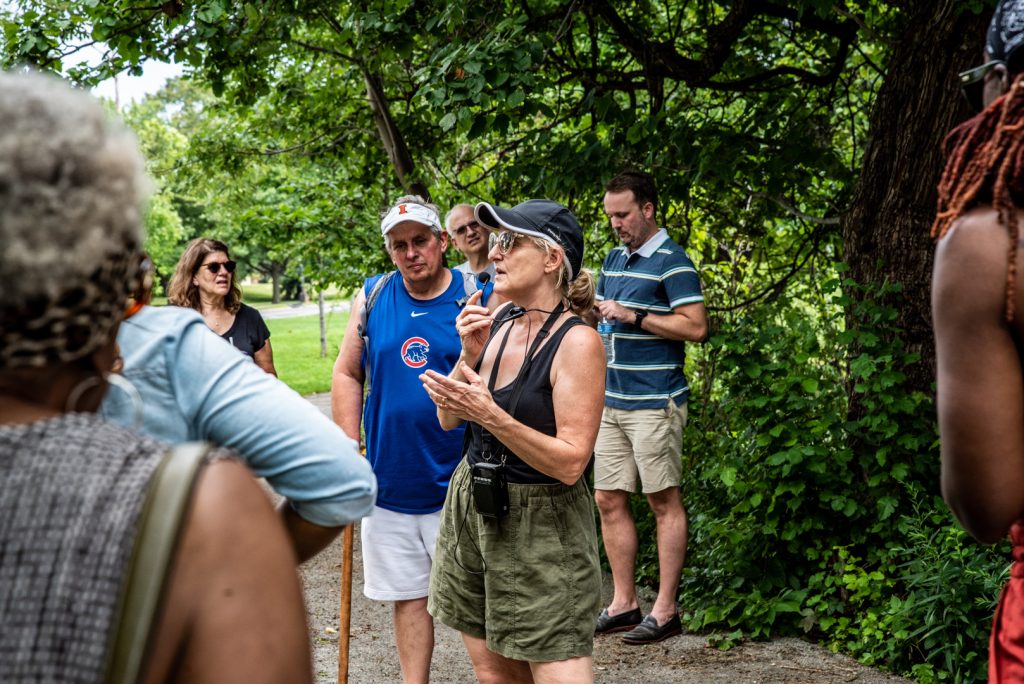
The connection between the city parks and the human condition is that the longing for nature is no doubt a common human trait. Within the metropolises of every city are cut outs dedicated to nature and designed to ease and calm the chaos of living in concrete jungles. Washington Park, from its inception to now, continues to be a place where the community goes to seek refuge out in the open, to reflect and meditate, fall in love, or to just have fun — a prescription with no side effects.
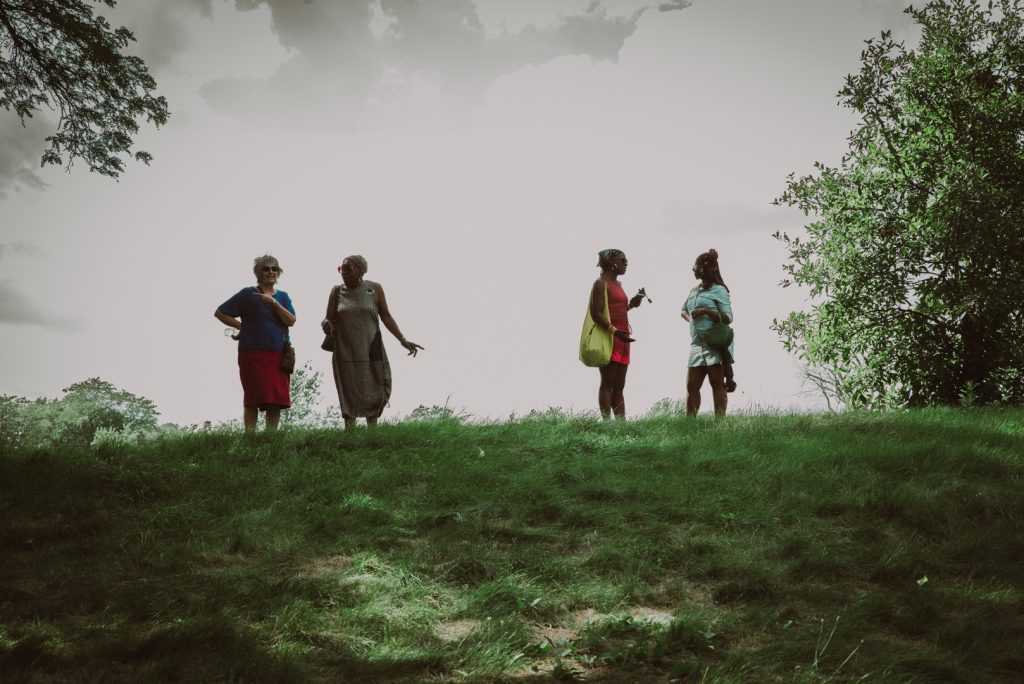
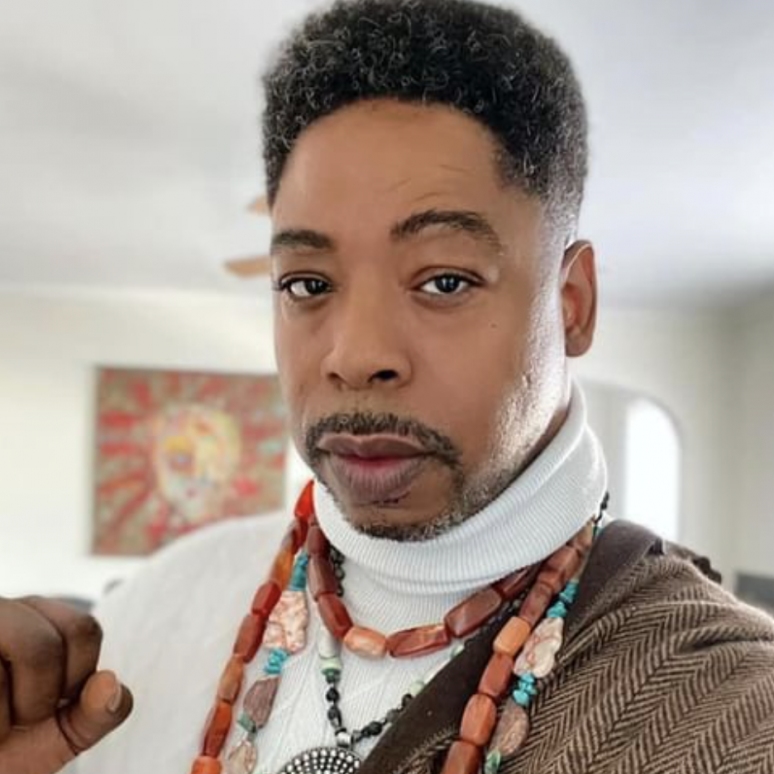
About the photographer: EdVetté Wilson Jones is a Chicago-born artist, photographer, poet, performer, and storyteller. During their childhood years living at the Cabrini Green housing projects, EdVetté was introduced to acting through the work of Chicago theater legends and veterans Jackie Taylor, actress and founder of Black Ensemble Theater, and the late Patrick Henry, founder of Free Street Theater. From there, EdVetté’s practice grew to include not only acting, but screenwriting, storytelling, poetry, journalism, fashion, and more. To learn more about their work, visit their website at edvette.com.
